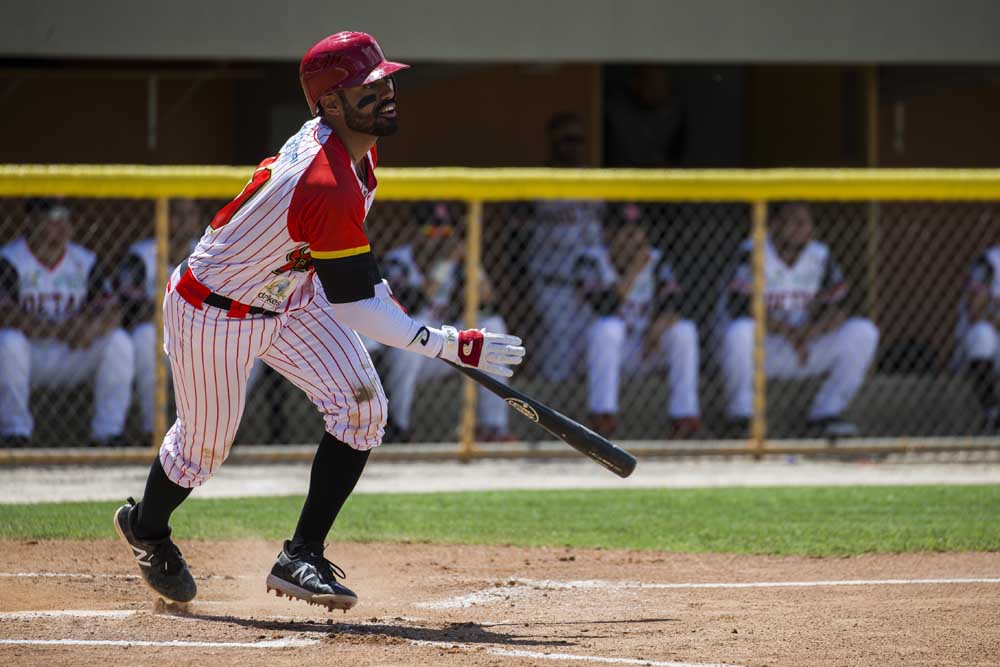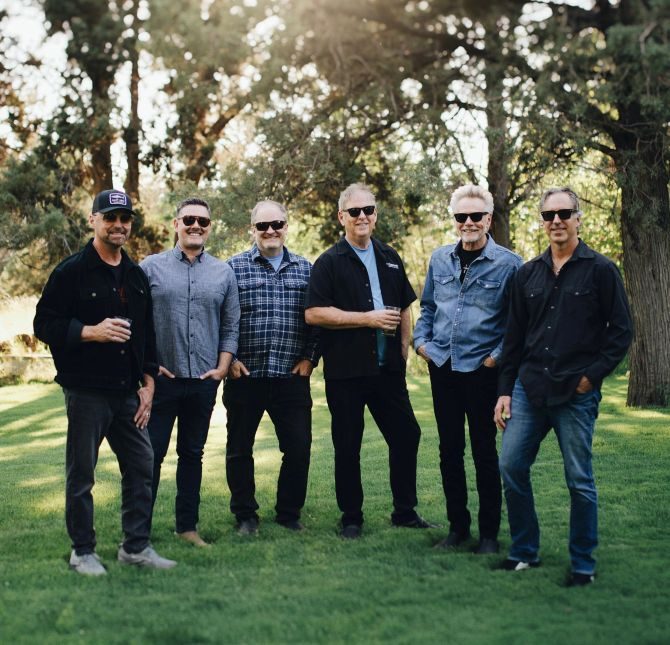A league lives on in aftermath of disaster
Published 12:00 am Wednesday, April 18, 2018

- Cayey Toritos second baseman Richard Gonzalez after hitting a double, in Aibonito, Puerto Rico, on Sunday. Hurricanes Irma and Maria devastated this baseball-loving island, but seven months later, the Toritos and other teams in the amateur league have provided a semblance of normalcy by pressing on with their games. (Dennis M. Rivera Pichardo/The New York Times)
AIBONITO, Puerto Rico — At the Estadio Hermanos Marrero, a baseball stadium nestled in this small, mountainous municipality in the center of Puerto Rico, parts of the roof over the grandstand are gone or twisted back.
The Cayey Toritos played their 2018 home opener there in a Sunday doubleheader because their stadium is still too heavily damaged to use. Before the first pitch, a team prayer in the dugout led by Toritos right fielder Rafael Sánchez ended with a rallying cry, “This is for our community!”
The players are far from the millionaires getting set to play a major league game in San Juan an hour north on Tuesday; they are students, salesmen, barbers, teachers and cooks. And they have lived the hardships of hurricanes Irma and Maria, yet they still take the field despite the aftermath, or because of it.
The hurricanes devastated this baseball-loving island, but seven months later, the Toritos and other teams in the island’s predominate amateur 18-and-over league have provided a semblance of normalcy by pressing on with their games, even amid enduring harsh conditions.
“Sometimes we had to wash our clothes in the river,” said Toritos catcher Raulier Martinez, 22, who was without power at home for six months.
Their determination reflects baseball’s special relationship with this island, as the Toritos and 37 other teams of the Liga de Béisbol Superior Doble A do what they have done every year since 1940: play ball.
“Doble A is more regional on the island than any other sport I can think of,” said Luis Rodríguez Mayoral, a Puerto Rican author, broadcaster and former baseball executive with such teams as the Texas Rangers and Detroit Tigers. “There are little towns everywhere on the island where people’s lives revolve around following their home team.”
Many Doble A team owners considered skipping this season, but José Quiles, president of the Puerto Rican amateur baseball federation, urged those teams that could do so to play. More than a dozen teams said yes. As word spread, the number doubled, and eventually reached 38, just four fewer than normal.
“We wanted people to have their oasis from the rough past several months,” said Pedro Vargas, the league’s executive director. “But this exceeded our expectations. There was a large movement everywhere.”
Including in Cayey, which, as of late January, was not going to play. Other teams would draft their players.
But the ardent fan base of Cayey, a municipality of 44,000, demanded to watch their team, which reached the semifinals in Doble A last season. They voiced their opinions on Facebook, to team owner Héctor De Jesús, and to the municipal government, which owns the stadium the Toritos use. Players met and asked to play.
“We didn’t have a stadium, the business sponsorship wasn’t in the right shape, we didn’t know when electricity was going to come back, how many players we would have or what their economic situation was,” De Jesús said. “Everyone had to chip in and do their part to create an environment where people could forget a little bit about what’s gone on with Maria.”
Cayey’s Pedro Montañez Municipal Stadium, a $15 million, 6,000-seat facility, was relatively new — opened in 2012 and built with central and local government funds — and a source of pride, said the town’s mayor, Rolando Ortiz Velázquez. But Velázquez said Hurricane Maria caused $2 million worth of damage, disabling the scoreboard and knocking down concrete supports and the outfield wall.
Vargas said the Doble A league budget is tight each year, so teams rely on local businesses to help cover costs. Jerseys are covered in advertisements from local banks and car dealerships, and the players’ introductions over the public address system are sponsored by neighborhood supermarkets. De Jesús said those sponsorships were harder to secure this season.
To make the numbers work to run the league, officials moved opening day to April 1 from the second week of February and shaved four games off the regular-season schedule, to make it 16 games. Games were moved to Sunday day doubleheaders, instead of the usual Friday night or Saturday afternoon games, because the lights do not work at many stadiums. Admission was dropped from $5 per game to $5 per doubleheader. Rosters grew by two, to 26 players, to accommodate the players from the four teams that could not play.
The league also reduced the players’ maximum stipend — essentially gas and extra spending money — to $100 from about $300 for a weekend. Some players with professional experience, like Cayey’s Fernando Cabrera, 36, the top starting pitcher in the league who once pitched for the Baltimore Orioles and Cleveland Indians, get tips from fans on the side for winning.
“It’ll be a tougher season: doubleheaders, under the sun, the lower pay, the traveling,” said Richard González, 29, the Toritos’ second baseman. “But at the end of the day, we’re doing what we love to do, which is to play baseball and for the people of Cayey.”
Efrain García, 55, the manager of the displaced Azucareros of Yabucoa, a small municipality in southeastern Puerto Rico hard hit by the hurricanes, said he was grateful to use the stadium in Las Piedras for home games and practice. But sharing a stadium and his players’ work schedules on Saturday, when they practice, has affected the team’s preparation. They are off to a 1-3 start. Like Cayey (3-1), Yabucoa’s fans rallied to encourage the team to play this season.
“Winning is important, but in these circumstances, it’s about more,” he said. “We want fans to be distracted for a few hours even though some are still without water or power, and give them something to enjoy that they love.”








